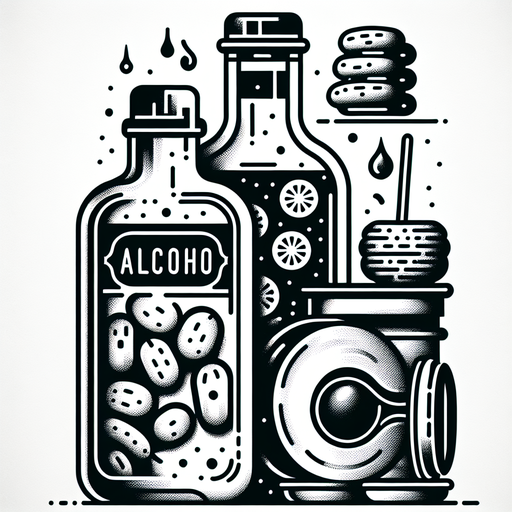How Humans Developed Lactose Tolerance
Milk is one of the most common sources of calories for billions of people worldwide, yet it also presents a widespread biological challenge: over 60 percent of the global population suffers from lactose intolerance, meaning that drinking milk can result in stomach pain and digestive discomfort. To address this issue, populations across the globe have independently developed a variety of innovative solutions, finding unique ways to make milk digestible and nutritious for adults.
Humans are born with the ability to digest lactose, the sugar in milk. But for ancient adults, that ability typically faded after stopping drinking breast milk. With the transtion to agricultural societies around 10,000 years ago, humans in places like the Middle East and Europe began domesticating animals for milk. As raw milk was problematic, soon they would discover that fermenting the milk and turning it to cheese and yogurt reduced its lactose content, making it safer and more digestible.
However, not every society embraced fermentation. In northern Europe, where herding was key and milk plentiful, some people developed a genetic mutation that allowed lactase—the enzyme that digests lactose—to remain active into adulthood. This mutation, known as lactase persistence, gave milk-drinkers a nutritional edge and spread rapidly. Meanwhile, in other regions like parts of Africa and the Middle East, people mastered the art of fermenting milk instead. Today, lactose intolerance is often framed as a deficiency, when it’s actually the global norm. What’s unusual is the genetic tweak that keeps lactase production switched on for life—a genetic trait shaped by geography, diet, and necessity. This is a story of how culture and innovation sculpted our own genes.
Craving more? Check out the source behind this Brain Snack!


